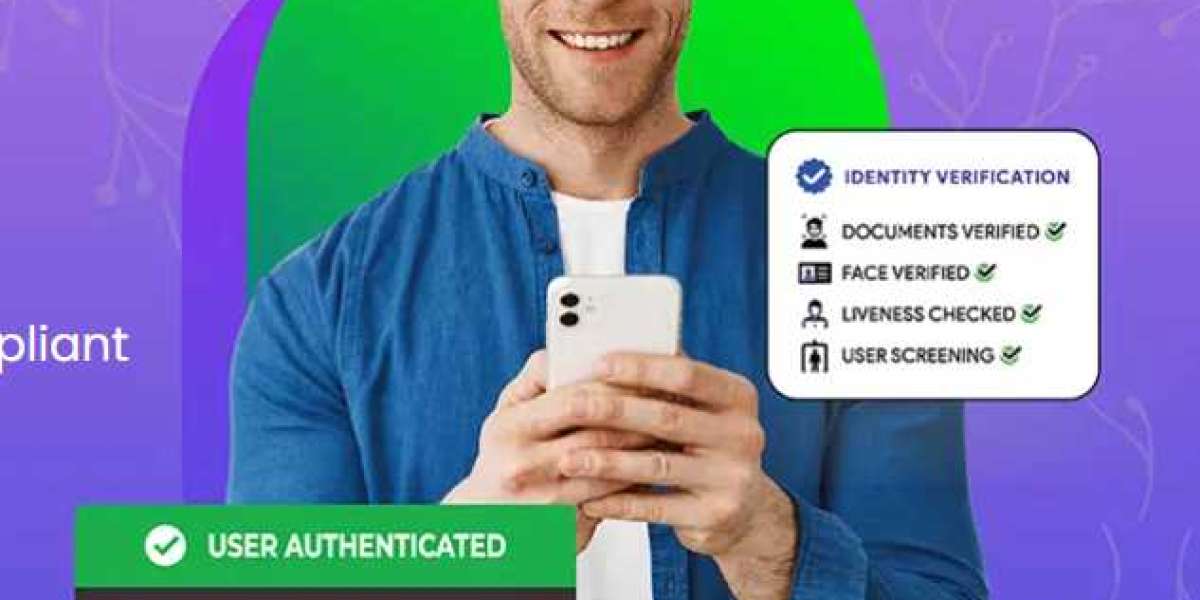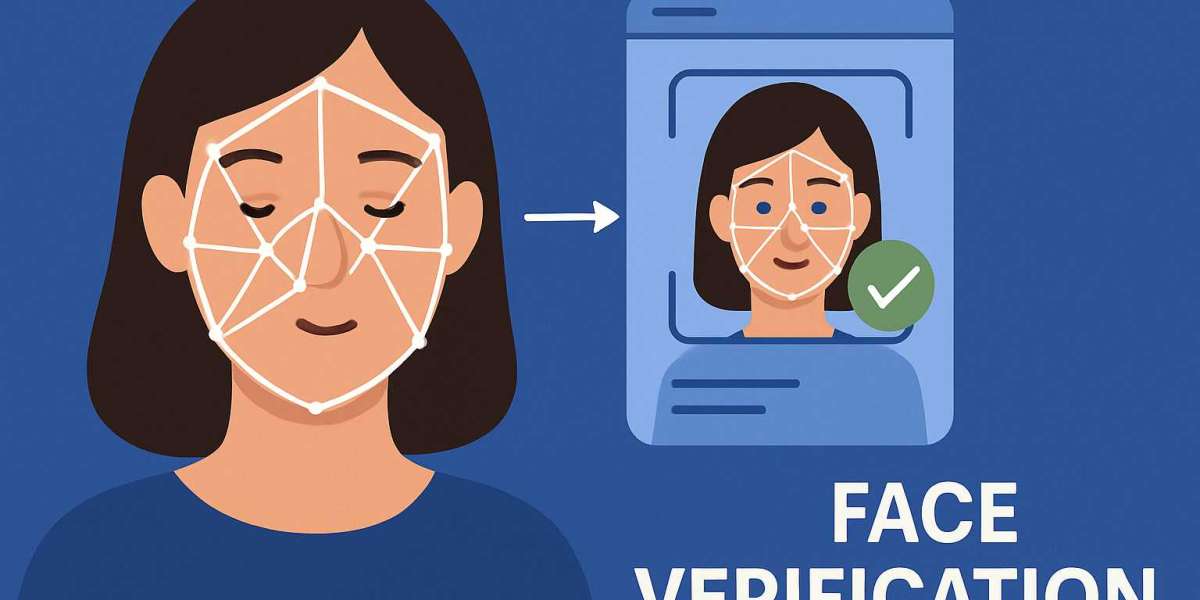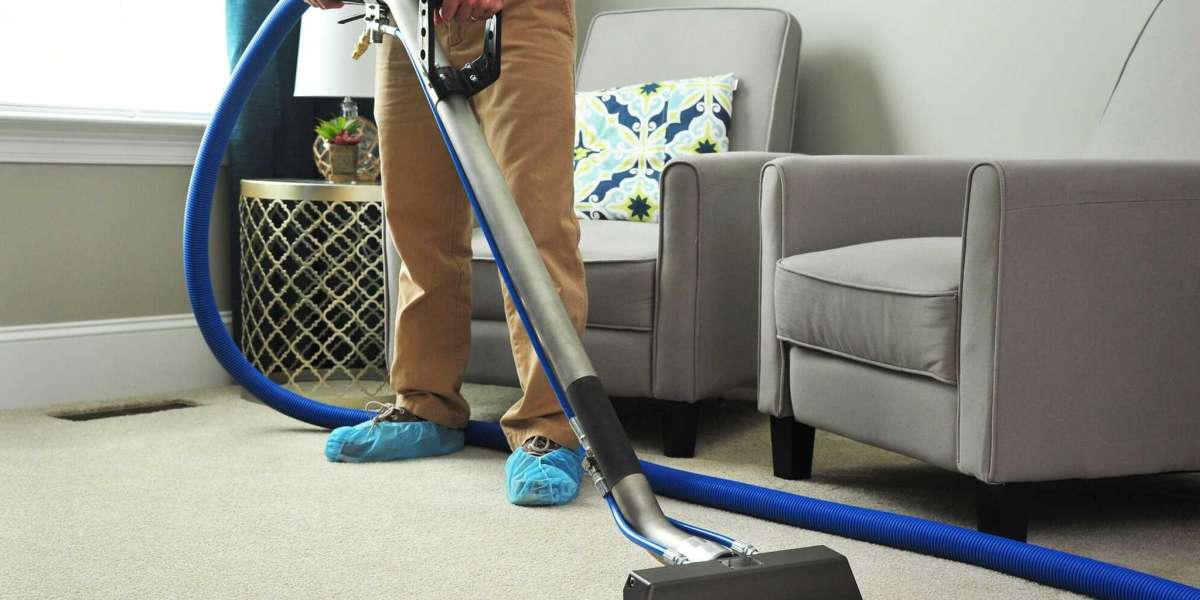In today’s digital-first world, identity verification services have become a necessity for businesses that deal with online transactions, customer onboarding, and regulatory compliance. With the rise of fraud, account takeovers, and identity theft, traditional methods of verification like OTPs or passwords are no longer sufficient. This is where advanced solutions like certified liveness detection come into play, adding a powerful layer of trust and security.
Why Identity Verification Services Matter
Every business, from banking and fintech to e-commerce and healthcare, needs to confirm that a customer is truly who they claim to be. Identity verification services ensure:
Compliance with global regulations such as KYC (Know Your Customer) and AML (Anti-Money Laundering).
Reduced risk of fraud and fake accounts.
Faster onboarding processes with automated digital checks.
By integrating robust identity verification, companies not only protect their platforms but also improve user experience with seamless verification flows.
The Role of Certified Liveness Detection
One of the biggest challenges in digital verification is preventing fraudsters from using spoofing techniques like photos, videos, or even deepfakes to impersonate real users. Certified liveness detection technology is designed to solve this challenge.
Unlike simple face recognition, liveness detection can determine whether the person in front of the camera is a live human being and not a fake representation. Certified solutions go through rigorous testing and meet international standards, ensuring businesses can trust the results.
Some key benefits of certified liveness detection include:
High security: Blocks advanced spoofing attempts such as masks or AI-generated deepfakes.
Frictionless experience: Quick checks without burdening genuine users.
Regulatory acceptance: Certified solutions comply with industry standards for biometric authentication.
Identity Verification + Liveness Detection = Maximum Security
When identity verification services are combined with certified liveness detection, businesses achieve the highest level of assurance. For example, during remote onboarding, a user may submit their ID document along with a selfie. Liveness detection ensures the selfie is captured from a real person in real time, while the verification system cross-checks the face with the document.
This dual process not only makes digital onboarding secure but also instills trust among customers, as they know their data is being protected.
Final Thoughts
The demand for identity verification services with certified liveness detection is rapidly growing across industries. As cyber threats evolve, businesses that adopt these technologies can significantly reduce fraud risks, meet compliance requirements, and deliver a smooth digital experience.










